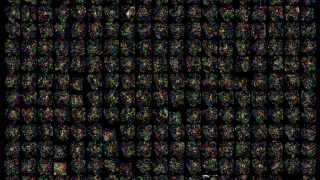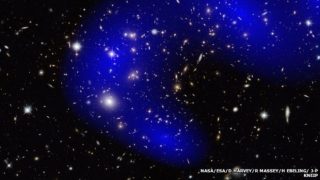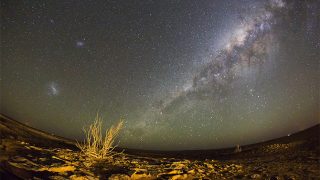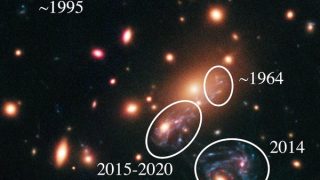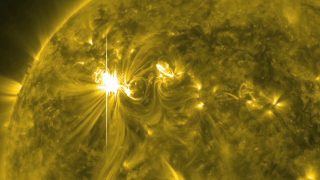
MI weekly selection #124
Humanities & Social Sciences • Science • Technology • Weekly Selection
Magnetic bands around sun may help predict solar flares Tracking the movements of traveling magnetic bands in the sun’s atmosphere may help predict solar flares, which can cause damaging power problems on Earth and wreak havoc on satellites, according to a study published in Nature Communications. Solar flares are at their worst when formed by […]
